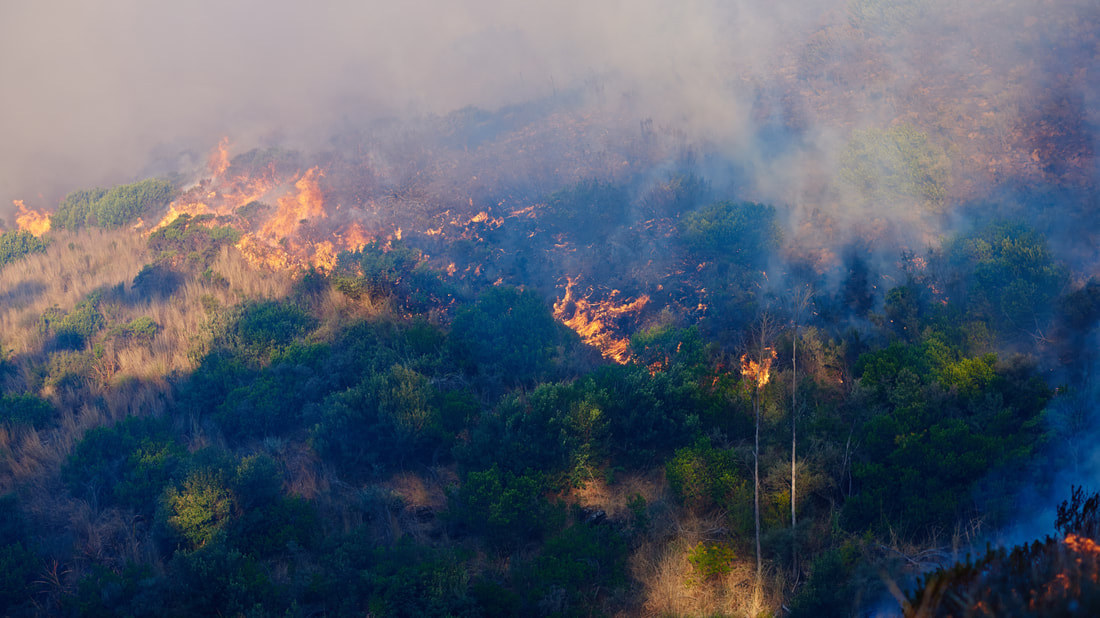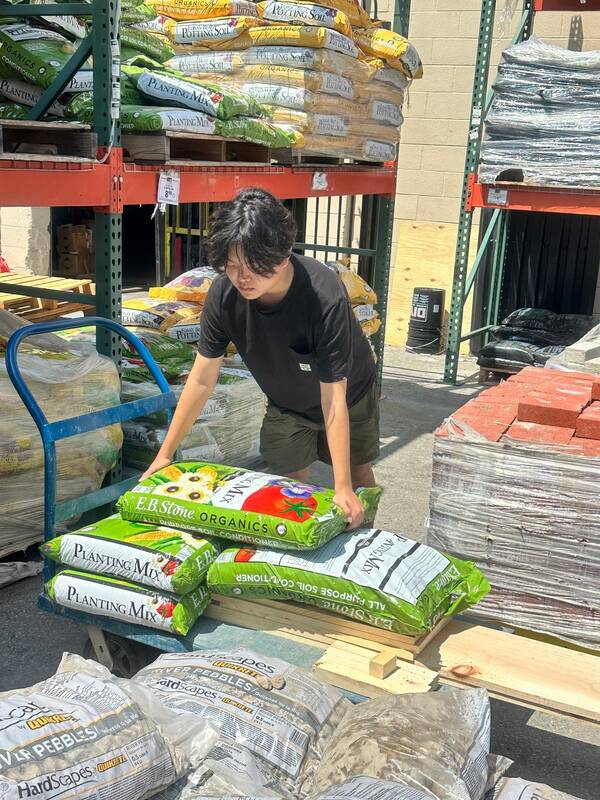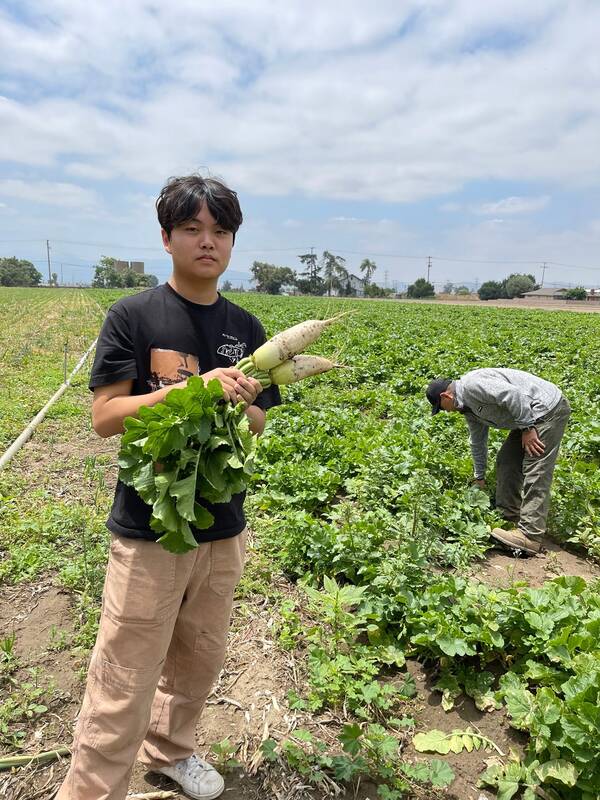Global warming is one of our planet's most critical environmental challenges.
Global warming is one of our planet's most critical environmental challenges. It refers to the long-term increase in Earth's average surface temperature due to the accumulation of greenhouse gases in the atmosphere. While some natural climate variability exists, the current global warming trend is primarily driven by human activities, notably burning fossil fuels like coal, oil, and natural gas.
The consequences of global warming are far-reaching and affect nearly every aspect of our lives, from the environment and ecosystems to economies and human health. This phenomenon has sparked growing concern and has become a central issue in discussions about our planet's future.
One of the critical drivers of global warming is the enhanced greenhouse effect. Usually, the Earth's atmosphere contains gases like carbon dioxide (CO2), methane (CH4), and water vapor that trap heat from the sun, maintaining a stable and habitable climate. However, the increased emissions of greenhouse gases from human activities have intensified this natural process. As a result, more heat is trapped in the atmosphere, rising global temperatures.
The consequences of global warming are becoming increasingly evident:
- Rising Temperatures: Average global temperatures have steadily climbed, leading to more frequent and severe heatwaves. These temperature increases have cascading effects on ecosystems, agriculture, and human health.
- Melting Polar Ice: The warming climate is causing polar ice caps and glaciers to melt at an accelerated rate. This contributes to rising sea levels, threatening coastal communities and low-lying areas.
- Extreme Weather Events: Global warming is linked to increased extreme weather events such as hurricanes, droughts, floods, and wildfires. These events have devastating impacts on both human and natural systems.
- Ocean Acidification: The absorption of excess CO2 by the oceans is causing ocean acidification, which harms marine life and disrupts aquatic ecosystems.
- Loss of Biodiversity: Climate change disrupts habitats and ecosystems, leading to the extinction of many plant and animal species. This loss of biodiversity has far-reaching consequences for the balance of nature.
- Health Risks: Global warming can worsen air quality, exacerbate heat-related illnesses, and expand the range of disease vectors, posing significant risks to human health.
- Resource Scarcity: Climate change contributes to resource scarcity by disrupting agriculture, causing water shortages, and increasing competition for dwindling resources.
As stewards of our planet, we are responsible for understanding, addressing, and actively working toward solutions to combat global warming, ensuring a sustainable and habitable world for future generations.
Here's a brief overview of why we need to save Earth and some actions you can take:
Why We Need to Save Earth:
- Climate Change: Global warming is causing temperatures to rise, leading to more frequent and severe weather events such as hurricanes, heatwaves, and wildfires. This has a devastating impact on communities, ecosystems, and economies.
- Melting Ice Caps: Rising temperatures are causing polar ice caps to melt, contributing to rising sea levels. This threatens coastal communities and ecosystems, potentially displacing millions of people.
- Loss of Biodiversity: Climate change disrupts ecosystems and habitats, leading to the extinction of many plant and animal species. This loss of biodiversity can have cascading effects on the food chain and ecosystem stability.
- Health Impacts: Global warming can worsen air quality, increase the spread of diseases, and exacerbate heat-related illnesses, posing risks to human health and well-being.
- Resource Depletion: Overexploitation of natural resources, driven in part by climate change, leads to resource scarcity and conflicts over essentials like water and arable land.
- Raise Awareness: Conduct education and awareness campaigns to inform people about the impacts of global warming and the importance of sustainable living.
- Reduce Carbon Footprint: Encourage individuals and communities to reduce their carbon emissions by using energy-efficient appliances, reducing car usage, and supporting renewable energy sources.
- Promote Recycling: As "recycle warriors," advocate for recycling programs and proper waste disposal. Organize clean-up drives to reduce plastic pollution.
- Support Renewable Energy: Advocate for and support the adoption of renewable energy sources like solar, wind, and hydroelectric power.
- Conserve Water: Promote water conservation practices and raise awareness about the importance of freshwater ecosystems.
- Advocate for Sustainable Agriculture: Support local, sustainable agriculture that reduces carbon emissions and protects natural habitats.
- Tree Planting: Organize tree-planting campaigns to sequester carbon dioxide and restore natural ecosystems.
- Policy Advocacy: Lobby for policies that address climate change, such as carbon pricing, emissions reduction targets, and conservation initiatives.
- Community Engagement: Engage with local communities to build resilience and adapt to the changing climate.
- Lead by Example: Set an example through your actions, adopting sustainable practices in your own life.
Wildfires and global warming are closely interconnected,
Wildfires and global warming are closely interconnected, with global warming playing a significant role in the increasing frequency, intensity, and extent of wildfires. Here's how global warming and wildfires are linked:
- Higher Temperatures: Global warming leads to rising temperatures, creating drier conditions in many regions. Higher temperatures increase evaporation rates, which dry out vegetation and soil, making them more susceptible to ignition. This creates a conducive environment for wildfires to start and spread.
- Drought: Climate change contributes to prolonged and more severe droughts in some areas. These extended periods of dry weather increase the likelihood of wildfires, as there is less moisture in the soil and vegetation to act as a natural firebreak.
- Changing Precipitation Patterns: Global warming can alter precipitation patterns, leading to reduced rainfall in some regions and more intense rainfall events in others. Reduced rainfall contributes to arid conditions that favor wildfires, while intense rainfall can lead to the rapid growth of vegetation that fuels fires.
- Weakened Plant Defenses: Elevated levels of atmospheric CO2, a greenhouse gas responsible for global warming, can impair the ability of some plants to defend against pests and diseases. This can result in weakened or dead vegetation, which is more susceptible to ignition during wildfires.
- Longer Fire Seasons: Global warming extends the fire season in many parts of the world. Fires that traditionally occurred during specific times of the year are now happening earlier or later, making wildfire management more challenging.
- Increased Lightning Strikes: Some studies suggest that global warming may lead to increased lightning strikes, which can ignite wildfires. Warmer temperatures can create conditions conducive to thunderstorms, resulting in more lightning activity.
- Feedback Loops: Wildfires release greenhouse gases, such as carbon dioxide and methane, into the atmosphere. This contributes to further warming and can create a feedback loop in which global warming produces more wildfires, releasing more greenhouse gases.
- Impact on Air Quality: Wildfires emit large amounts of particulate matter and air pollutants, including fine ash and smoke. These pollutants can adversely affect air quality, human health, and ecosystems, exacerbating the overall environmental impact of wildfires.
In summary, global warming is a significant driver of the increasing frequency and severity of wildfires. It creates conditions that make wildfires more likely to occur and harder to control, posing significant challenges for ecosystems, communities, and the environment. Mitigating global warming and implementing wildfire prevention and management strategies are crucial steps in addressing this complex issue.
Student Project Environmental Club by Bo Ryang "Save The Earth"
Student Project : Save The Earth Bo Ryang Eco Warrior, Eco, Recycle : Last Chance To Save The Earth
Addressing the connection between wildfires and global warming requires comprehensive strategies.

global warming is a significant driver of the increasing frequency and severity of wildfires.










